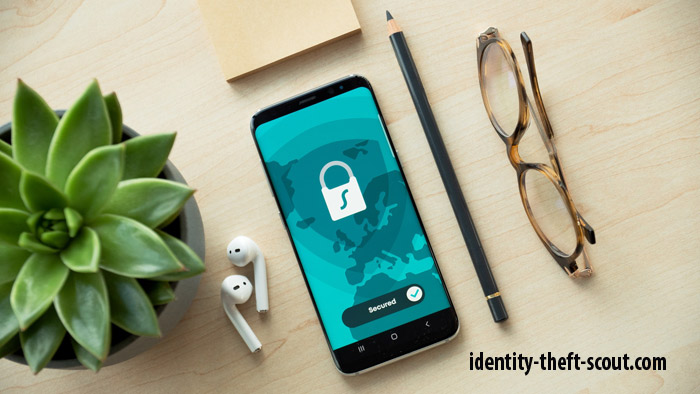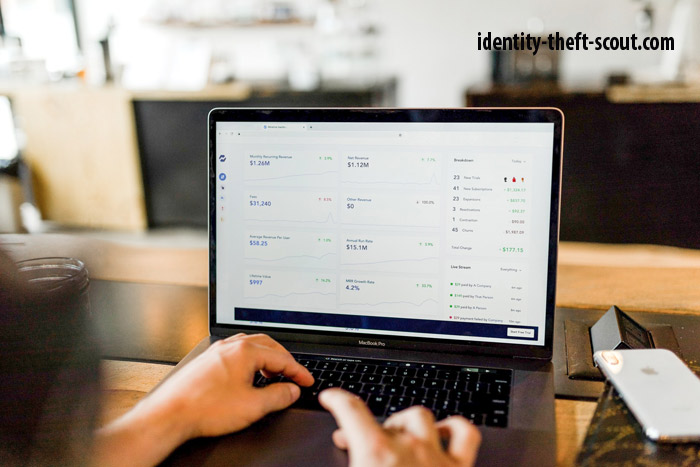Understanding cybersecurity is critical today to help prevent cyberattacks as they are a real threat to businesses, and at least 94% of businesses that suffer from cyberattacks or data loss do not recover quickly from them. With cases of cybercrimes continuing to rise, cybersecurity should be an integral part of any business.
Cyber attackers use various channels and new trends to hack into companies and steal or corrupt their data. It is vital to have a robust cybersecurity system and work with the right experts to ensure that your data is protected and know all risks, threats, and vulnerabilities that you are exposed to.
What is Cybersecurity?
Cybersecurity is the process, technology, and any method that you can use to protect the integrity and confidentiality of your programs, computer systems, data, or network from cyberattacks, data loss, or unauthorized access.
Cyberattacks are designed to destroy, change, or steal information from companies or users. Cybersecurity aims at protecting a company’s digital assets from internal threats, external threats, and natural disasters such as hurricanes or fire.
How Cybersecurity Works
IT companies design cybersecurity solutions to provide several layers of protection across a company’s programs, servers, computers, and any other network that they use. An efficient, reliable, and effective cybersecurity solution requires a joint effort between your management team, employees, and your IT team or IT services provider.
Reliable cybersecurity software or systems can detect, investigate, mitigate, and resolve any vulnerabilities or risks in your IT system or computer before malicious software or hackers can exploit them.
Types of Cybersecurity
Cyberattacks are any deliberate attempts by internal or external threats to compromise or exploit the integrity and confidentiality of your data. These attacks can target an organization or an individual. Cyberattackers use illegal methods to gain access to networks, databases, computers, mobile devices, applications, and networks to cause damages, steal information, or cause disruption.
Everyone who uses the internet, including your business, is prone to various cyberattacks, and it is important to take the right measures to keep your information safe. Some of the methods that attackers use include:
- Injection attacks
- Ransomware
- Phishing
- Malware
- Remote code execution
- Session management and Man-in-the-Middle attacks
- Vulnerable software
- Denial of service
- Brute force
- Privilege escalations
There are several types of cybersecurity measures that you can take to protect your company from such attacks. These measures include:
1. Mobile Security

Suppose you or your employees use mobile devices like tablets, smartphones, laptops to access the company’s network or store business-related information. In that case, you should take the right measure to secure them. Mobile devices are prone to threats such as malware, theft, unauthorized access, and device loss.
2. Network Security

This involves executing cybersecurity measures to protect your business’s internal and external software mechanisms or IT infrastructure from misuse, unauthorized access, and disruptions. Network security should cover both internal and external threats.
3. Application Security

It is crucial to implement several defences within your business’ services and software against the various threats or risks that it is exposed to. This may require you to write secure codes, model threats, design secure application architecture, and implement strong data input validation.
4. Cloud Security

Systems and applications such as Microsoft, AWS, Google, Rackspace, and Azure use cloud security measures to protect their users from threats. If you use such service providers, your IT company should design secure applications and cloud architecture to protect you against cloud-related threats.
5. Data Security and Identity Management

This involves having a robust data storage system designed to secure your information or data while in transit or storage. It can encrypt your data or protect it from any kind of loss or interference.
Data security and identity management are especially vital if you use digital signatures and any other activity that requires authorization and authentication of documents over the internet. It will implement a reliable information exchange and storage mechanism that will protect your sensitive business’ information.
6. User Training

Several breaches are caused by human error. Cybercriminals also use tactics such as phishing or spam mails that your employees may not be familiar with to access your network. Training your employees on cybersecurity and related topics will raise awareness about cybercrimes, threats, your company’s policies and procedures, and best practices.
They will know how to report malicious activities and what to do when they suspect a risk or threat. Employees who work remotely will also be aware of the threats they are exposed to and use the right procedures when working over public or private networks.
7. Disaster Recovery (DR) and Business Continuity (BC) Preparation
Having data backups is essential to the growth and continuity of your business. A sound backup system should ensure that you can recover any data that you lose to malicious activities, natural disasters, or any internal and external threats.
Your DR and BC system should be reliable. It should monitor and alert you of any threats and help you prepare for any eventualities, and recover all your business systems, data, and information after an incident.
You must test your backups periodically to ensure that you can recover your data. Your IT company should advise you on how often you should test your backups depending on the sensitivity of your business operations.
Cybersecurity Best Practices

Cybercriminals are relentless. They will always come up with a new way of attacking their targets. Because of this, cybersecurity should be a continuous process. Your IT team or IT services provider should ensure that they use the best practices to prevent data breaches.
Some of these best practices are:
- Performing risk assessments to identify and prioritize valuable assets
- Conducting cybersecurity training and awareness
- Using the principle of least privilege, which dictates that the employees have minimum privileges or permission.
- Using strong passwords and secure password storage
- Ensuring software patch update or management and vulnerability management
- Performing periodic tests and security reviews
- Implementing a reliable incidence response and business continuity plan
- Backing up your data periodically
- Designing networks and software with cybersecurity in mind
- Implementing input validation and strong industry-standard in secure coding
- Using encryption for data in transit and storage
Bottom Line
The digital world is growing. This has also caused a spike in the number of cybercrimes. However, there are several things that you can do to ensure cybersecurity. Upgrade your IT infrastructure and use a reputable IT company to implement the beef your cybersecurity.
This is a guest post article by Dwight from www.reciprocitylabs.com


